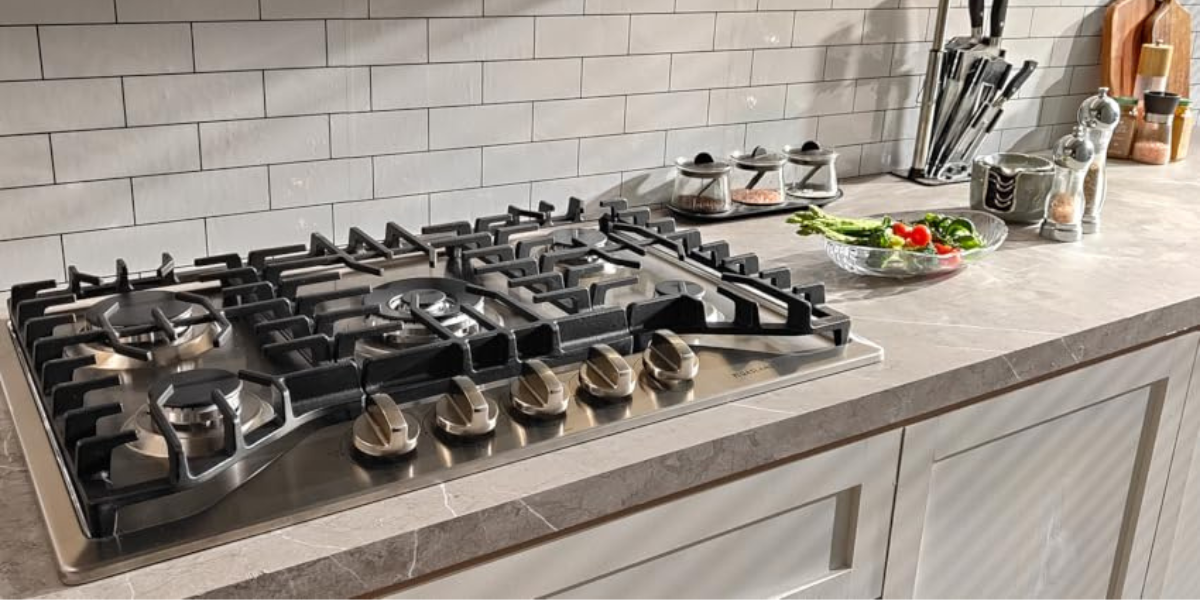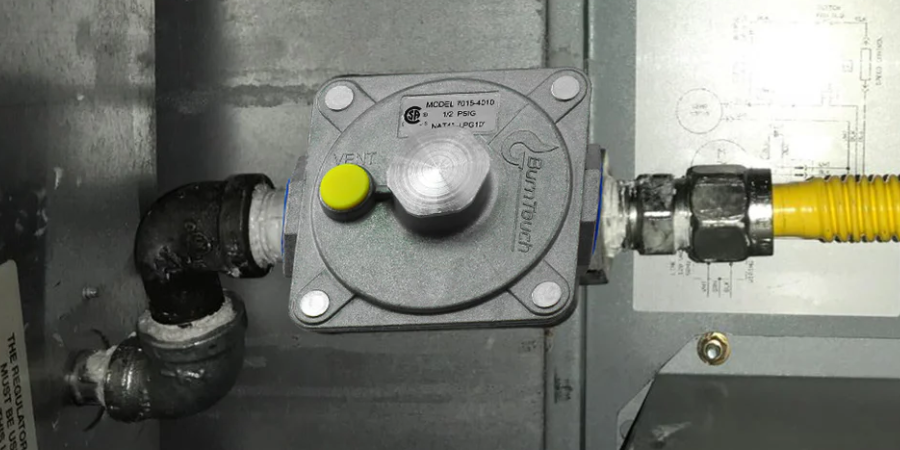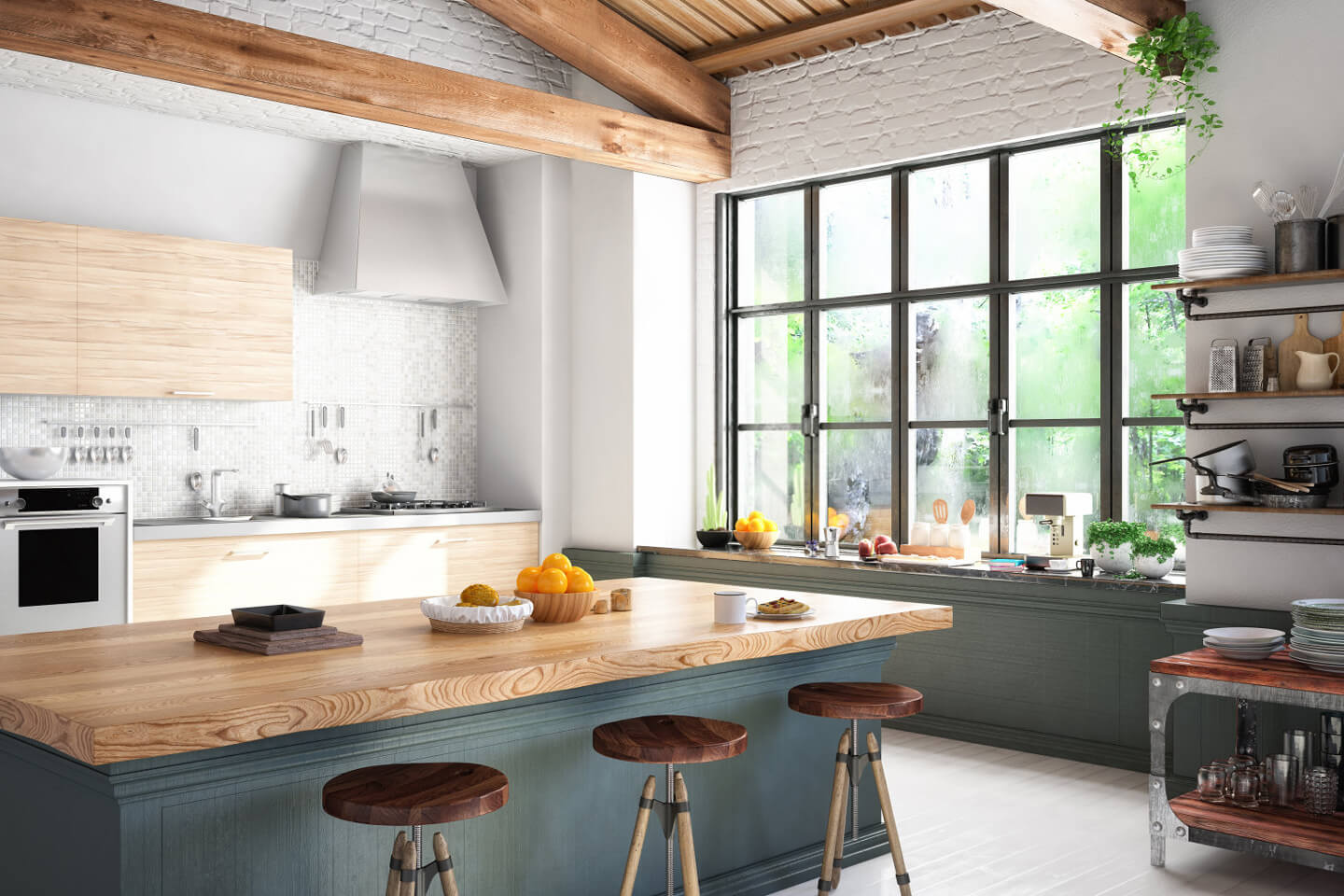Meta Description: Learn how gas cooktops are measured and find the right size for your kitchen with this easy-to-follow guide.
Upgrading or replacing a gas cooktop is an exciting part of kitchen renovation, but choosing the right size is critical to avoid costly mistakes. This guide walks you through everything you need to know about how gas cooktops are measured, what dimensions to pay attention to, and how to ensure a seamless fit in your kitchen layout.
Understanding Standard Gas Cooktop Sizes
Gas cooktops come in a range of widths, with 30-inch and 36-inch being the most common sizes for residential kitchens. Compact options such as 12-inch or 24-inch are also popular in small kitchens, while 48-inch professional cooktops are ideal for larger, chef-style setups.
If you're considering standard options, the GASLAND 30" 5 Burner Cooktops (available in stainless steel or black enamel) strike a perfect balance between cooking space and cabinetry compatibility. For more spacious kitchens, the 48" 6 Burner Professional Rangetop provides high-end performance with extra burner real estate.
Key Dimensions to Consider
When measuring for a new gas cooktop, consider both appliance width and cutout dimensions:
1. Cooktop Width
This is the overall width of the appliance, including any trim or control panels. Common widths include 24", 30", 36", and 48".
2. Cutout Size
This refers to the hole or recess in your countertop where the cooktop will be placed. Manufacturers typically provide minimum and maximum cutout widths and depths, which should be strictly followed for proper fit.
3. Cabinetry & Overhang Clearance
You must ensure the surrounding cabinets have enough space for installation and ventilation. Allow for overhang clearance to avoid heating adjacent surfaces and to comply with local safety codes.
4. Countertop Depth
Most cooktops are designed for a standard 24-inch deep counter, but check your kitchen measurements to confirm compatibility.
How to Measure for a New Gas Cooktop
-
Measure the existing cutout (width x depth) if you're replacing a cooktop.
-
Check for gas connections and make sure they’re in a convenient, accessible position.
-
Consider your backsplash and hood height, especially if upgrading to a larger model.
-
Account for any countertop material changes (e.g., stone vs laminate), as these can affect installation dimensions.
Choosing the Right Size for Your Kitchen
-
Small kitchens: A 24” or 30” gas cooktop is often ideal, maximizing cooking ability without overwhelming counter space.
-
Medium to large kitchens: Opt for a 36-inch cooktop for more flexibility and burner options.
-
Professional or gourmet setups: Consider a 48” model if your space and cooking habits demand it.
Need a multi-function burner layout with a griddle? The 36" gas cooktop with integrated grill/griddle may be the perfect fit.
Fitting a New Cooktop into an Existing Space
If you're replacing a cooktop with the same size, confirm the cutout size hasn't changed due to brand differences. GASLAND offers a range of options designed to match common installation dimensions for hassle-free replacements—browse the full gas cooktop collection for more.
Planning Around Cooktop Accessories
If you regularly cook with a griddle, make sure your cooktop supports one. For helpful guidance, check out our blog on How to Use a Griddle on a GASLAND Gas Cooktop.
Planning to switch fuel sources? See our upcoming guide on [Converting Your Gas Cooktop to Propane: A Step-by-Step Guide] for safe transition tips.
Final Tips for Measurement Success
-
Always refer to the manufacturer’s installation manual for exact specs.
-
Leave enough space behind and below for ventilation and gas connections.
-
Consider future upgrades and how the cooktop integrates with your cabinetry and range hood.
Choosing the right size gas cooktop ensures a smooth installation and a kitchen that feels custom-fit to your needs. Whether you’re replacing an old unit or remodeling from scratch, a few careful measurements can go a long way toward a perfect kitchen setup.









